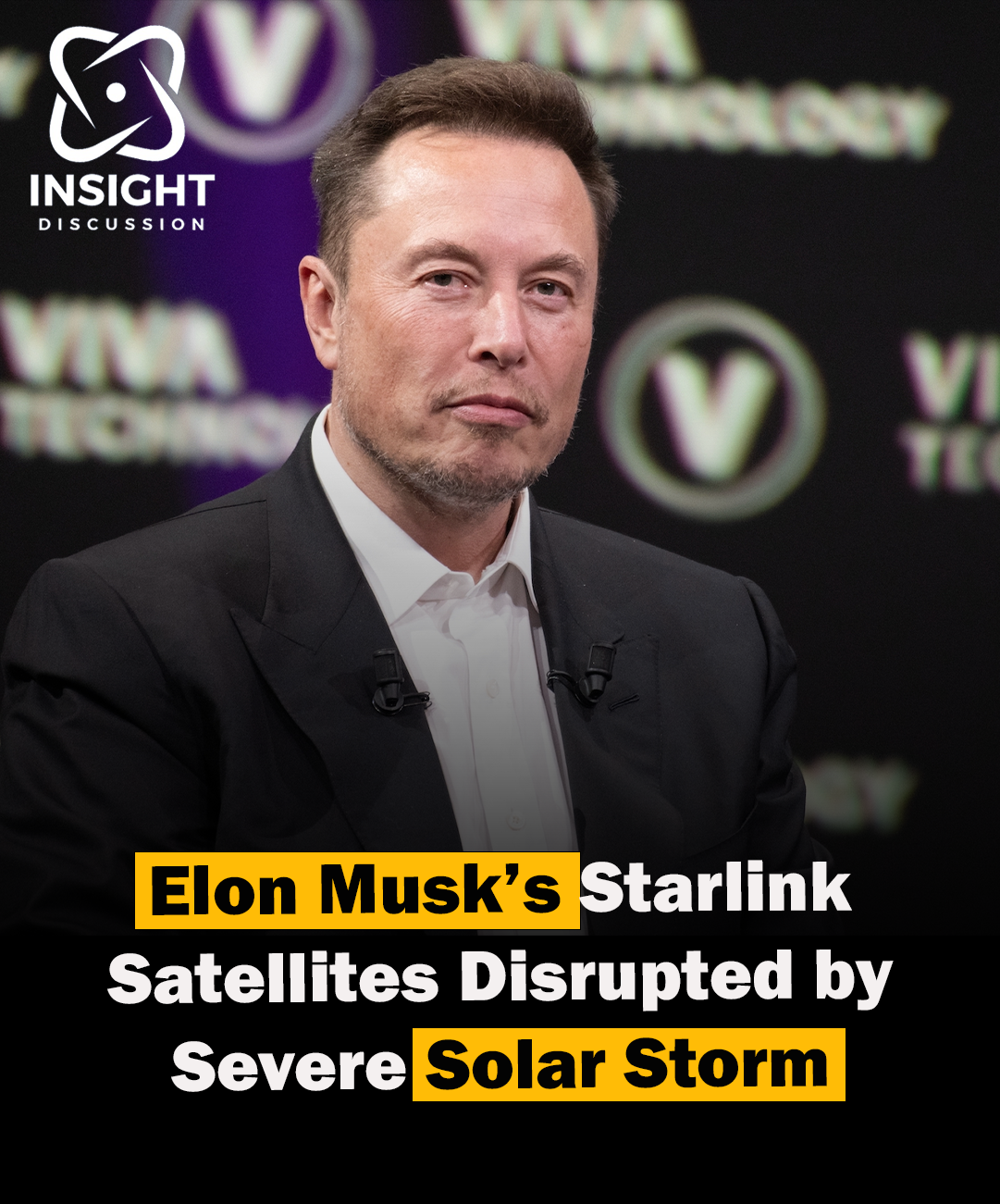“Qatar Airways Partners with SpaceX’s Starlink to Offer Ultra-High-Speed Wi-Fi on Flights” signifies a major technological advancement and strategic collaboration that stands to revolutionize in-flight connectivity within the aviation industry, particularly in the Middle East and North Africa (MENA) region. Qatar Airways, a globally recognized leader in luxury air travel, has announced an innovative partnership with SpaceX’s Starlink, marking a historic milestone as the first leading airline in the MENA region to provide complimentary ultra-high-speed, low-latency Wi-Fi to its passengers.
The collaboration between Qatar Airways and Starlink underscores a significant leap forward in enhancing passenger experience by integrating cutting-edge satellite technology into the airline’s service offerings. By the last quarter of this year, three of Qatar Airways’ Boeing 777-300 aircraft will be equipped with Starlink’s high-speed internet service, offering passengers unparalleled connectivity with speeds up to 500 Mbps. This level of speed and connectivity allows for seamless streaming, gaming, and other high-bandwidth activities, transforming the in-flight experience into one that rivals or even exceeds ground-based internet services.
Engr. Badr Mohammed Al-Meer, the CEO of Qatar Airways, emphasized the importance of this collaboration in showcasing the airline’s commitment to staying at the forefront of technological advancements and passenger comfort. By leveraging Starlink’s innovative satellite network, Qatar Airways aims to set a new standard for in-flight connectivity, ensuring that passengers can stay connected and productive while traveling. The introduction of such high-speed internet service represents a significant value addition for passengers, particularly for business travelers who require reliable internet access for work-related tasks.
The decision to equip the Boeing 777-300 fleet with Starlink’s service is just the beginning, with plans for a full fleet rollout within the next two years. This strategic move is indicative of Qatar Airways’ forward-thinking approach and its dedication to continuous improvement and innovation. The comprehensive deployment of Starlink’s technology across the entire fleet will ensure that all Qatar Airways passengers can benefit from this state-of-the-art connectivity, regardless of their destination or aircraft type.
Starlink, a subsidiary of SpaceX, has been at the forefront of satellite internet technology, aiming to provide high-speed internet access to underserved and remote areas around the globe. The partnership with Qatar Airways is a natural extension of Starlink’s mission, bringing its advanced satellite capabilities to the skies and enhancing the quality of in-flight internet services. The integration of Starlink’s low Earth orbit (LEO) satellite network ensures low-latency connections, a crucial factor for activities such as video conferencing, online gaming, and real-time streaming, which require minimal delays.
The rollout of Starlink’s service on Qatar Airways flights will not only enhance passenger satisfaction but also position the airline as a leader in technological innovation within the aviation industry. The ability to offer ultra-high-speed, low-latency Wi-Fi on flights is expected to become a key differentiator for Qatar Airways, attracting tech-savvy travelers and those who prioritize connectivity during their journeys. Moreover, this partnership sets a benchmark for other airlines in the region and globally, potentially prompting a broader industry shift towards improved in-flight connectivity standards.
The implications of this partnership extend beyond passenger convenience. Enhanced in-flight connectivity has the potential to transform operational efficiencies for airlines, enabling real-time communication between the aircraft and ground support, better management of flight logistics, and improved safety protocols through constant monitoring and data exchange. Furthermore, the availability of high-speed internet on flights opens up new avenues for in-flight entertainment, e-commerce, and personalized passenger services, creating additional revenue streams for the airline.
Qatar Airways’ strategic collaboration with Starlink is also a testament to the broader vision of fostering innovation and technological advancement in the MENA region. As the first leading airline in the region to embrace such cutting-edge technology, Qatar Airways is paving the way for other regional carriers to follow suit, potentially leading to a more connected and technologically advanced aviation industry in the MENA region. This move aligns with Qatar’s broader national strategy to position itself as a hub for innovation and excellence in various sectors, including transportation and technology.
In summary, the partnership between Qatar Airways and SpaceX’s Starlink to offer ultra-high-speed, low-latency Wi-Fi on flights is a groundbreaking development that promises to revolutionize the in-flight experience for passengers. With the initial deployment on three Boeing 777-300s and plans for a full fleet rollout within two years, Qatar Airways is set to lead the industry in in-flight connectivity standards. This collaboration not only enhances passenger satisfaction and operational efficiencies but also underscores Qatar Airways’ commitment to innovation and excellence. As the aviation industry continues to evolve, the integration of advanced satellite technology by Qatar Airways and Starlink is a significant step towards a more connected and technologically advanced future.

